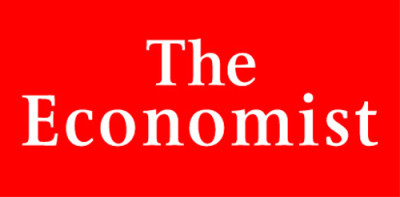Resource Library

Counting on the Young
By Phnom Penh | The Economist | July 31, 2003 | 3 pages
THE scene might easily have been mistaken for a village fair. Canvas tents had been erected to shelter the proceedings from the tropical sun. Hawkers circulated, offering chunks of ice-cold sugarcane and slices of guava with chilli. Curious bystanders milled about, or squatted in circles for a chat. Only the ballot boxes and voting booths indicated that the occasion was an election, Cambodia’s fourth since the end of its 20-year civil war.
There were fireworks, too, when a small bomb exploded outside the headquarters of the royalist FUNCINPEC party, and a grenade was discovered near the royal palace. But the crowd that came to inspect the scorch marks on the pavement seemed more curious than concerned. By Cambodian standards, the poll passed peacefully. The tens of thousands of election monitors, both foreign and local, found little to complain about on the day.
Earlier, though, the two biggest local monitoring groups had expressed concern that “a climate of fear” would prevent many Cambodians from casting a free ballot. In the countryside, where 80% of Cambodians live, villagers complained that local officials pressed them to vote for the ruling Cambodian People’s Party (CPP). In a survey conducted this year by the Asia Foundation, an American outfit, 15% of respondents said they would never dare to vote against the government.
Such intimidation doubtless played a part in the CPP’s strong showing. Although official results will not be announced until August 8th, the party says it has won over 50% of the vote, and 73 out of 123 seats in the National Assembly, an increase of nine from the previous election in 1998. Since parliamentary rules require a two-thirds majority to pass legislation, the CPP will need to form a coalition with either FUNCINPEC or the Sam Rainsy Party, each of which looks set to win some 25 seats.
Both parties are disputing the CPP’s projected results, and say that they will not join any government led by Hun Sen, the CPP’s leader and Cambodia’s prime minister since 1985. This is probably posturing: in 1998, under similar circumstances, the two parties huffed and haggled for four months before FUNCINPEC agreed to form a government with the CPP. Most observers expect that FUNCINPEC will eventually break ranks again this time, too.
Nonetheless, the results will encourage the Sam Rainsy Party. It looks likely to pick up an extra ten seats or so. As Sam Rainsy, the leader of the party, quickly pointed out, it fared best in cities and accessible rural regions where information flows relatively freely. He also claims to have greater support among younger voters. If so, his party’s fortunes can only improve as the urban population grows, education improves, and young voters swell the rolls (another 1.2m, or almost a fifth of the current total, should reach voting age before the next election). The CPP’s chief selling point is that it toppled the Khmers Rouges back in the 1970s, before many of today’s voters were born.
Meanwhile, FUNCINPEC faces a precipitous decline. It has tried to parlay the popularity of the king, Sihanouk, and nostalgia for the period in the 1960s when he ruled directly, into electoral support. But such memories are fading fast for Cambodians. King Sihanouk is in poor health, and CPP loyalists dominate the council that will pick his successor. At the past two elections, FUNCINPEC has appeared unprincipled by first criticising the CPP and then joining forces with it. Several of its members have insisted that this time the party must not let the CPP push it around. But that is something all Cambodians find it hard to avoid.
